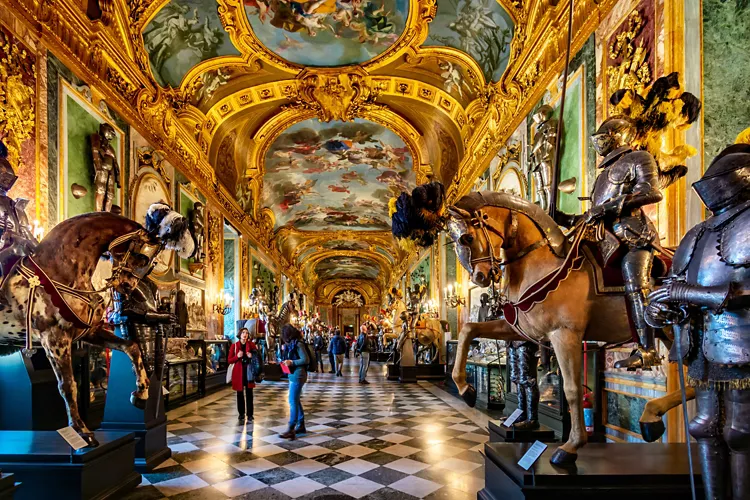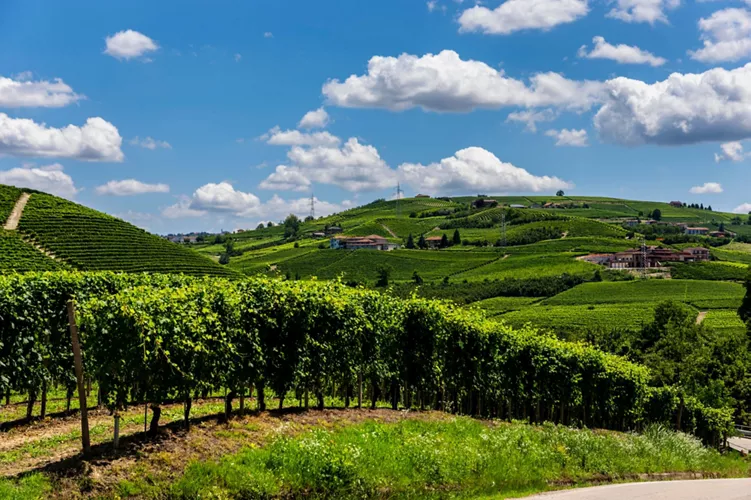Piedmont is sure to enchant you with its mountains, hills, typical flavors, and uniquely elegant cities
An extraordinary heritage of art and history, culture and nature, characterizes Piedmont, a region with a thousand faces, one more interesting than the other: cities of rare elegance, mountains that lend themselves to splendid skiing or walking, fascinating villages, hills that are among the best known in the world for their extraordinary wine production.
1. Origins and history of Piedmont

The region was first inhabited in the Neolithic period by the Celts between the Sesia and Ticino rivers. They were succeeded by the Ligurians and Celtic descendants, including the Taurins. The Romans used the region as an outpost to control the Alpine passes of the Aosta Valley, a critical access route to Gaul, before Julius Caesar ordered the city of Julia Augusta Taurinorum, modern-day Turin, to be built.
When the Roman Empire fell, Piedmont came under the control of various Germanic peoples, before becoming part of the Carolingian Empire. The territory was subdivided, creating the Marquisate of Monferrato, which lasted until the House of Savoy took over. Though the Savoy family was not from Piedmont, they gained significant influence over the area by controlling the Alpine passes.
Following the Siege of Turin (in 1706) against the French, Victor Amadeus II was crowned King of the Kingdom of Sardinia (which also included Piedmont), paving the way for a period of great prosperity for the Turin court. After a brief period of Napoleonic rule, Victor Emmanuel I regained control of the kingdom and began to unify the rest of Italy.
2. The main cities in Piedmont

Our journey begins in Turin, the capital of Piedmont, known for its refined historical and artistic heritage. The city is sure to enchant you with its historic cafés, museums, squares, churches, and works of art. Among its treasures is the Mole Antonelliana, an icon of the city home to the Cinema Museum. This monumental building once held the record for the tallest brick structure in the world. It is named after its architect, Alessandro Antonelli.
It is also worth visiting the Royal Palace of Turin, the most important of the Savoy residences, and the iconic Palazzo Madama, an important UNESCO World Heritage architectural site home to the City Museum of Ancient Art.
Speaking of museums, one of the most popular is certainly the Egyptian Museum in Turin, the oldest museum in the world entirely dedicated to Egyptian civilization.
Novara is a fascinating city with a small, quiet historic center, colorful architecture, vibrant squares, and 19th-century architecture that blends with that of an illustrious resident of Novara, Vittorio Gregotti.
Alexandria was born as a military city and fortress against the advance of Frederick I, Holy Roman Emperor. This unique past has bequeathed the city’s great monuments, noble residences, and a striking, sober structure.
Asti is known for its Spumante (sparkling wine), its prized Barbera del Monferrato wine, its rich gastronomy, and the famous Palio di Asti, a historical horse racing festival that shakes the streets of the city center every year. It is also worth visiting nearby Canelli, a small town in the Monferrato of Asti, renowned for its wineries and sparkling wines.
3. What to see in Piedmont: 5 unmissable sites

There are five key sites that bring Piedmont to life in a special way. The first leads to Lake Orta, one of the most beautiful lakes in Italy, rich in traditional villages on its shores. It is home to the Island of San Giulio, an oasis of tranquillity known as “the island of silence”. One of the most popular villages is Orta San Giulio, with its completely pedestrianized center and the main square, a popular social space by the lake.
The Borromean Islands are an enchanting archipelago in Lake Maggiore that includes Isola Bella, Isola Madre, Isola dei Pescatori, Isolino di San Giovanni, and Scoglio di Malghera.
Sports enthusiasts will love the Via Lattea, an international ski area formed by the Piedmont resorts of Sestriere, Sauze d’Oulx, Sansicario, Cesana, Claviere, and the French Montgenèvre. It boasts more than 200 pistes covering over 400 kilometers. Another unmissable site is the Valsusa, the largest and most populated valley in Piedmont.
From sport to history: we highly recommend a visit to the Palace of Venaria. This UNESCO World Heritage Site is one of the most beautiful of the Savoy residences, designed by architect Amedeo di Castellamonte. It was commissioned by Charles Emmanuel II, Duke of Savoy, who wanted it as his hunting lodge. Lavish, rich, and imposing, its construction is inspired by the Palace of Versailles.
Our final stop is the Langhe, a legendary hilly area in the province of Cuneo and partly in the Asti area. Not only are some of the world’s best wines produced here, including Barbaresco and Barolo, but it is also a fascinating place to explore.
4. Unusual places in Piedmont: 2 destinations for curious visitors

One of the most unusual and curious places in Piedmont is the Fort of Fenestrelle, a fortress complex in Val Chisone, dubbed the “Great Piedmont Wall”. It contains three fortresses, the San Carlo, the Tre Denti, and the Delle Valli, connected by a tunnel with the longest covered staircase in Europe, with no fewer than 4,000 steps.
More than a single destination, how about an entire territory? The Roero is an area of hills flanking the banks of the Tanaro river, characterized by cultivations and historic villages amid wild nature and rugged hills.
5. Typical Piedmont products: 5 delicacies to taste

Red wines are the jewel in the crown of Piedmontese wine production, most notably Barolo, Barbaresco, and Barbera.
A renowned traditional dish is Piedmontese Fassona, the meat of a typical breed of cattle reared in the Cuneo and Asti areas, which is tender and low in fat.
Cheese lovers have to try toma cheese, produced since Roman times and available as a soft or semi-hard cheese made with cow’s milk.
Also not to be missed is the highly prized Alba white truffle, perfect for sprinkling on tajarin pasta, eggs, or pounded meat. And last but by no means least is the round and delicate Piedmont hazelnut.
6. Events in Piedmont: an opportunity not to be missed

Piedmont hosts numerous events, but one of the most famous is the historic Ivrea Carnival, known for the Battle of the Oranges, which sweeps through the main town squares for three days.
Not forgetting the International Alba White Truffle Fair, which attracts tourists from all around the world to the Langhe between September and December. Finally, there is the Turin International Book Fair, a fantastic cultural event.

